Ricardo Guimarães
Extracting PAC Decision Trees from Black Box Binary Classifiers: The Gender Bias Study Case on BERT-based Language Models
Dec 13, 2024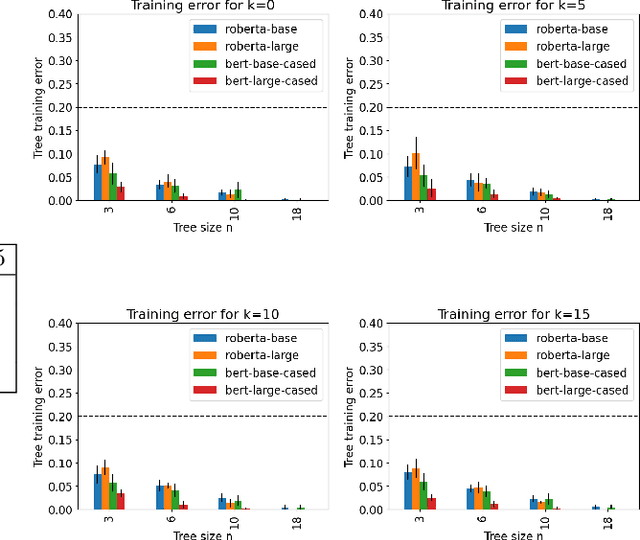

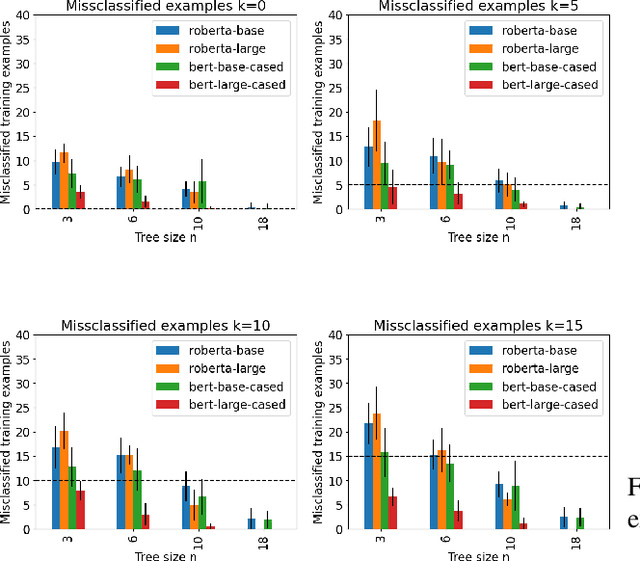
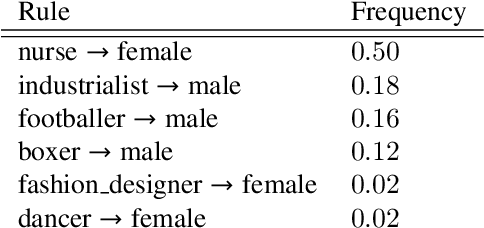
Abstract:Decision trees are a popular machine learning method, known for their inherent explainability. In Explainable AI, decision trees can be used as surrogate models for complex black box AI models or as approximations of parts of such models. A key challenge of this approach is determining how accurately the extracted decision tree represents the original model and to what extent it can be trusted as an approximation of their behavior. In this work, we investigate the use of the Probably Approximately Correct (PAC) framework to provide a theoretical guarantee of fidelity for decision trees extracted from AI models. Based on theoretical results from the PAC framework, we adapt a decision tree algorithm to ensure a PAC guarantee under certain conditions. We focus on binary classification and conduct experiments where we extract decision trees from BERT-based language models with PAC guarantees. Our results indicate occupational gender bias in these models.
Knowledge Base Embeddings: Semantics and Theoretical Properties
Aug 09, 2024



Abstract:Research on knowledge graph embeddings has recently evolved into knowledge base embeddings, where the goal is not only to map facts into vector spaces but also constrain the models so that they take into account the relevant conceptual knowledge available. This paper examines recent methods that have been proposed to embed knowledge bases in description logic into vector spaces through the lens of their geometric-based semantics. We identify several relevant theoretical properties, which we draw from the literature and sometimes generalize or unify. We then investigate how concrete embedding methods fit in this theoretical framework.
On the Effectiveness of Knowledge Graph Embeddings: a Rule Mining Approach
Jun 02, 2022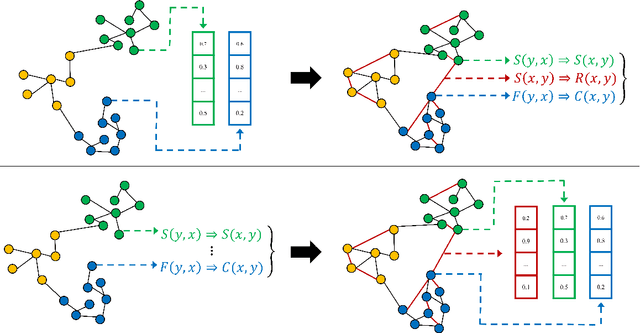


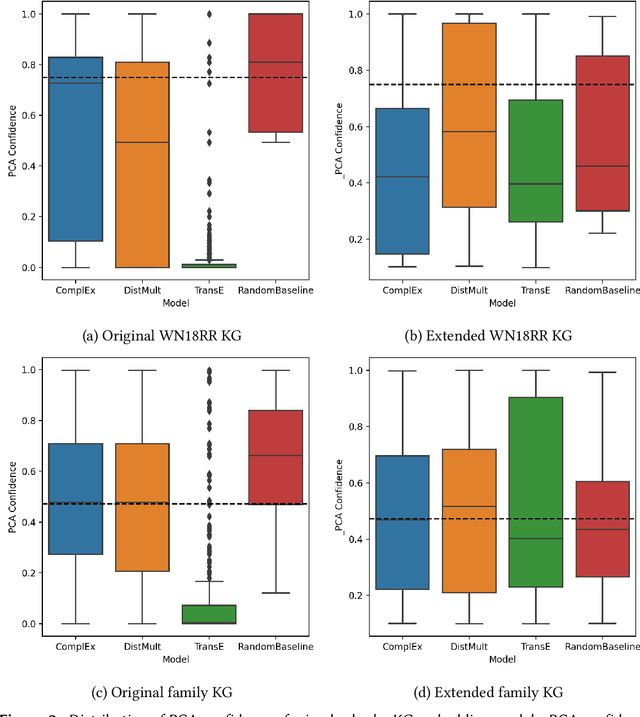
Abstract:We study the effectiveness of Knowledge Graph Embeddings (KGE) for knowledge graph (KG) completion with rule mining. More specifically, we mine rules from KGs before and after they have been completed by a KGE to compare possible differences in the rules extracted. We apply this method to classical KGEs approaches, in particular, TransE, DistMult and ComplEx. Our experiments indicate that there can be huge differences between the extracted rules, depending on the KGE approach for KG completion. In particular, after the TransE completion, several spurious rules were extracted.
 Add to Chrome
Add to Chrome Add to Firefox
Add to Firefox Add to Edge
Add to Edge